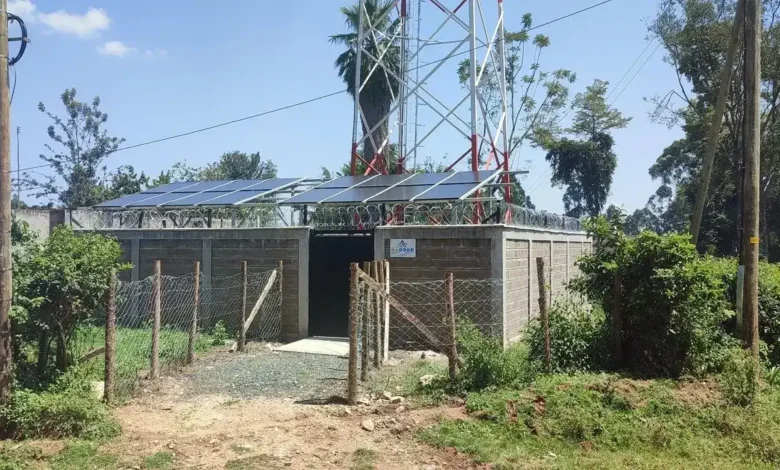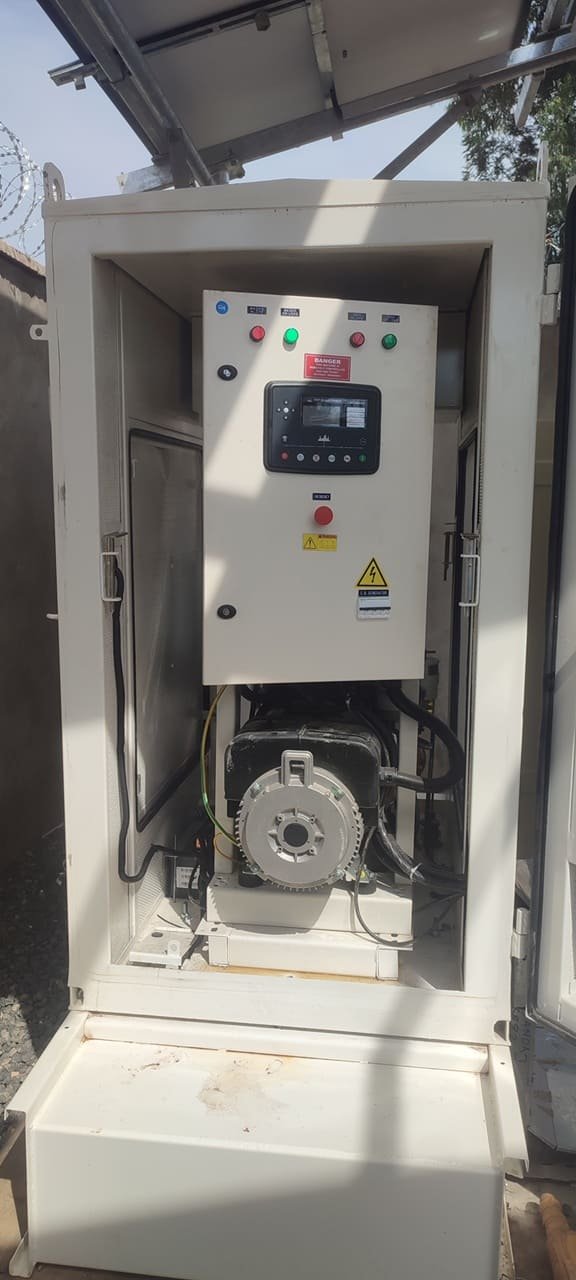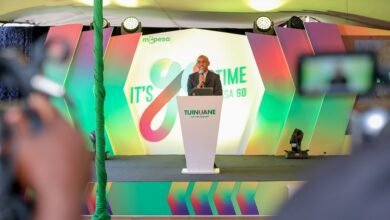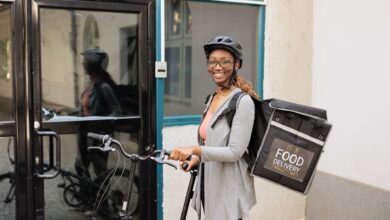
I’ve always been a curious person. So, when a Safaricom “booster” was being installed in my front yard, I naturally had questions. Living in a village where power outages are as regular as the sunrise, my main concern was how they’d keep the network up and running. I pictured a noisy, clunky generator, and honestly, I was already dreading the constant hum. But to my surprise, they were also installing a sleek set of solar panels. And it turns out my front yard is now part of a massive green energy revolution, as over 1,500 Safaricom base stations across Kenya are now powered by the sun.
Behind every call you make, every text you send, and every M-PESA transaction you complete, there’s a silent hero: the base transmission station. These stations are the backbone of our digital lives, and they need to be on 24/7. For years, the solution to power outages was the trusty (and noisy) diesel generator. But Safaricom is flipping the switch on that tradition, although they’ve not completelely moved on from generators, as seen in the image below that I took from Safaricom’s base station in my front yard.

This green journey wasn’t just about saving the planet, although that’s a huge plus. It was born out of a desire to improve customer experience. As it turns out, power-related issues were the single biggest cause of network failures, affecting a staggering 8 million customers. By switching to solar, Safaricom has not only improved network stability but also significantly reduced breakdowns, especially those related to fussy mechanical power systems like generators.
How Solar Boosters Work
Safaricom’s solar-powered stations aren’t just about panels. They also include:
- Lithium-ion batteries that store more power and discharge for longer.
- Smart rectifiers that prioritize solar first, then battery backup, before leaning on the grid or a generator.
- Upgrades at off-grid sites, where previously boosters relied solely on diesel.
This setup has made the network more resilient, especially in rural and off-grid areas where outages are common.
The company started this ambitious program in areas far off the national grid, places that relied entirely on diesel. Take my village, Bugina, in Vihiga county, for example. With the installation of solar panels, the site can now run at 100% availability throughout the day, powered by the abundant Kenyan sun. And to make things even more efficient, Safaricom is pairing these solar panels with super-efficient lithium-ion batteries that store more energy and last longer. They’ve also installed smart rectifier systems that prioritize energy sources, using solar first, then battery, then the grid, and finally, the generator, ensuring maximum energy savings.
The results have been nothing short of impressive. From an initial 310 solar-powered sites in 2022, the number has jumped to over 1,500 today. This has led to a 39% reduction in diesel use across Safaricom’s network, marking the company’s greatest carbon reduction since 2016. It’s all part of a bold vision to achieve net-zero emissions by 2050.
This massive undertaking required a skilled team. To ensure the successful implementation of the program, Safaricom partnered with Strathmore University to train their engineers. Their hard work and innovation haven’t gone unnoticed. The solar project team even won a global Vodafone annual heroes award, a testament to their commitment to simplicity, customer experience, and growth.
And the green revolution is far from over. Safaricom plans to add an extra 3,000 solar-powered sites in the next two years, meaning about three-quarters of their sites will be solar-enabled. By 2030, they aim to have their entire network in Kenya powered by the sun.
So, the next time you’re enjoying an uninterrupted call or a speedy internet connection, take a moment to thank the sun. Safaricom’s commitment to green energy is not just building a more sustainable future for Kenya; it’s also making our digital lives a whole lot better. And for me, it means I get to enjoy the peace and quiet of my front yard, without the roar of a generator. Now, that’s what I call a win-win.
What do you think about Safaricom’s solar push? Would you want to see more telcos adopting clean energy? Share your thoughts in the comments below!







